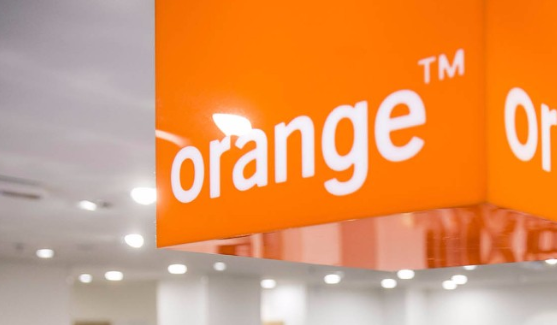

Multi-branded strategy in French telecommunications echoes the industry trends observed in automotive. As the automotive sector engages in discussions around geographic origins and distinct brand identities, French telecom giants adopt similar approaches. Explore the nuances of branding as major telecom players draw inspiration from automotive counterparts, creating unique identities in a competitive landscape. From the technological prowess associated with German cars to the cultural flair embodied by Renault’s “French Touch,” witness how these strategies unfold in the realm of French telecommunications.
A multi-branded strategy in French telecommunications unfolds through distinctive corporate colors. As major players navigate the branding landscape, explore how their visual identities evolve. Formerly France Telecom, the group transformed into Orange, embracing a vibrant orange logo. SFR, the second-largest telecom company, integrates its corporate color into “Red” packages. Meanwhile, Bouygues Telecom maintains a dominant blue, evolving its logo subtly. Witness the strategic use of colors in the competitive world of French telecommunications.

But since February 16, SFR’s RED offer has unexpectedly gone green.
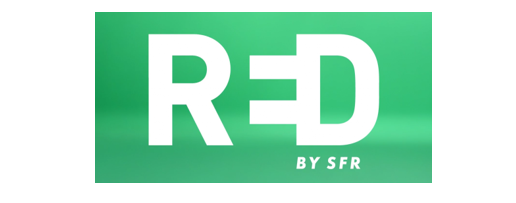
To better understand this striking change, let’s first have a quick look back.
Everything started in 2011 as the French mobile landscape saw the arrival of a new actor, Free Mobile. Thanks to a clever disruptive strategy, Free rapidly gained market shares and pushed the three well-established operators to offer low-cost, no-contract monthly plans exclusively available online.
This raised several crucial questions for all mobile operators: How to compete with Free Mobile with a low-cost offer while maintaining the existing core offer? Should this new low-cost offer be completely different than what the umbrella brand is already providing or should there be a link between them? Foundationally, the three main telecom providers developed new product brands in line with a House of Brands strategy, creating independent identities for their new offerings. Analyzing their names and visual identities provides useful insights for understanding these three telecom companies’ strategies.
Explore the nuanced multi-branded strategy in French telecommunications as Orange introduces Sosh. Distinct from the parent brand, Sosh’s identity, featuring a white lowercase font on a vibrant rectangular background, maintains a subtle connection. The bold “S,” inclined rectangle, and tagline convey a more assertive and quirky image, departing from Orange’s classic aesthetic. Uncover how Sosh, with its unique approach, adds a touch of vibrancy and individuality to the telecom landscape in France.
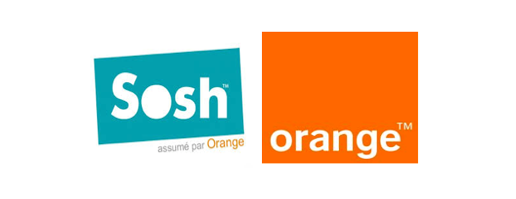
In a word, while they share similar values, Sosh could be defined as Orange’s crazy, unconventional cousin, with its unique visual identity and personality.
Bouygues Telecom unveiled B&YOU during the same period but adopted a different strategy, insisting on the affiliation between the two offers. First, the brand kept the letter B at the start of both names, creating a phonetic and visual link with the original brand. Similarities do not stop here: both logos use blue as their main color even if B&YOU progressively turns into green, and the tagline “an idea by Bouygues Telecom” reinforces their mutual relationship. Just like Sosh, B&YOU is bolder, more connecting and highlights the idea of a social and individual relationship.

B&YOU could be referred to as Bouygues Telecom’s web-savvy, millennial son.
For its initial strategy, SFR’s non-binding offer was strongly associated with the original brand. Called “Red by SFR”, it immediately evoked the parent brand through its bold color identity. Using a similar typeface of white capital letters on a red rectangular pattern similar to the original brand, RED by SFR unambiguously showed its relationship to the parent brand – in this particular market situation, it did not have sufficient differentiating elements to emerge as an independent concept.
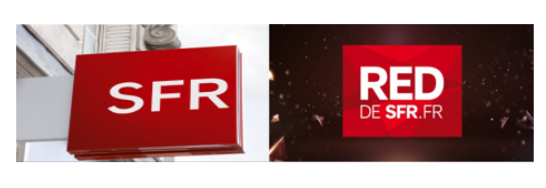
Interestingly enough, all three actors adopted different strategies:
SO WHAT IS BEHIND SFR’S NEW GREEN STRATEGY?
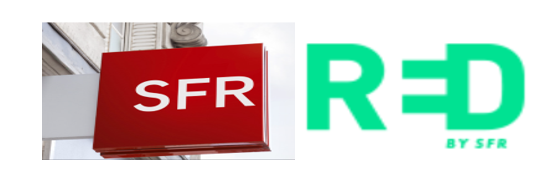
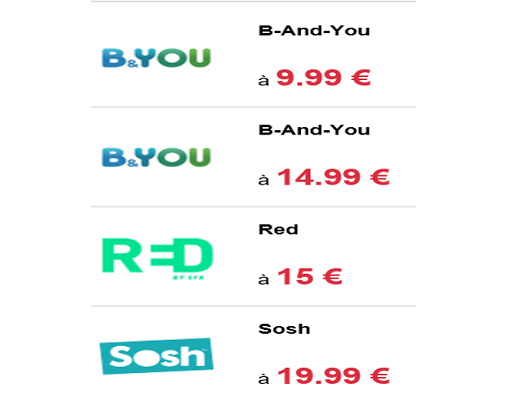
A Labbrand Group Company © 2005-2024 Labbrand All rights reserved
沪ICP备17001253号-3* Will be used in accordance with our Privacy Policy
To improve your experience, we use cookies to provide social media features, offer you content that targets your particular interests, and analyse the performance of our advertising campaigns. By clicking on “Accept” you consent to all cookies. You also have the option to click “Reject” to limit the use of certain types of cookies. Please be aware that rejecting cookies may affect your website browsing experience and limit the use of some personalised features.